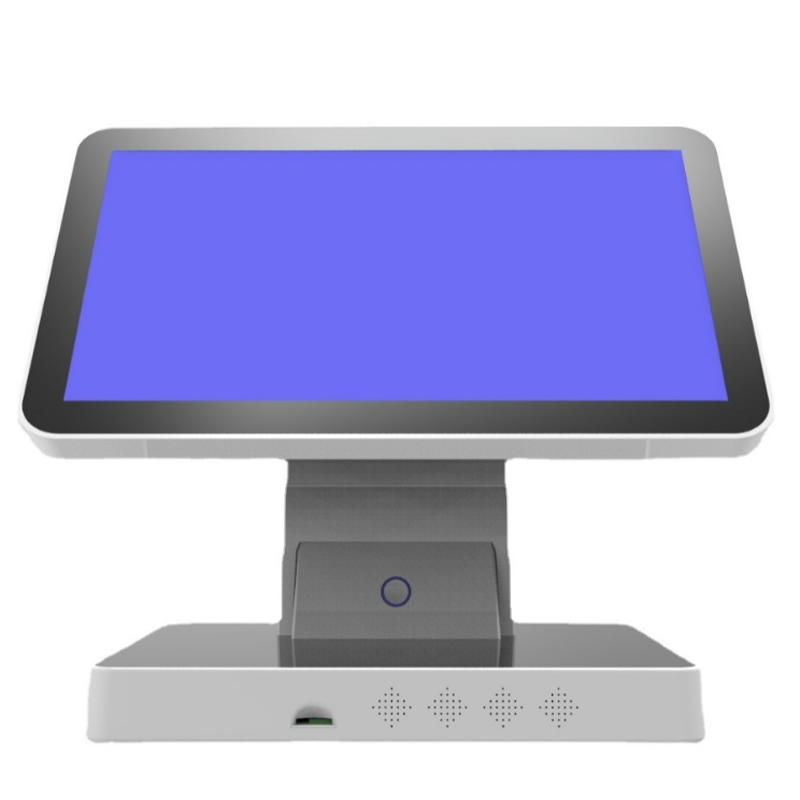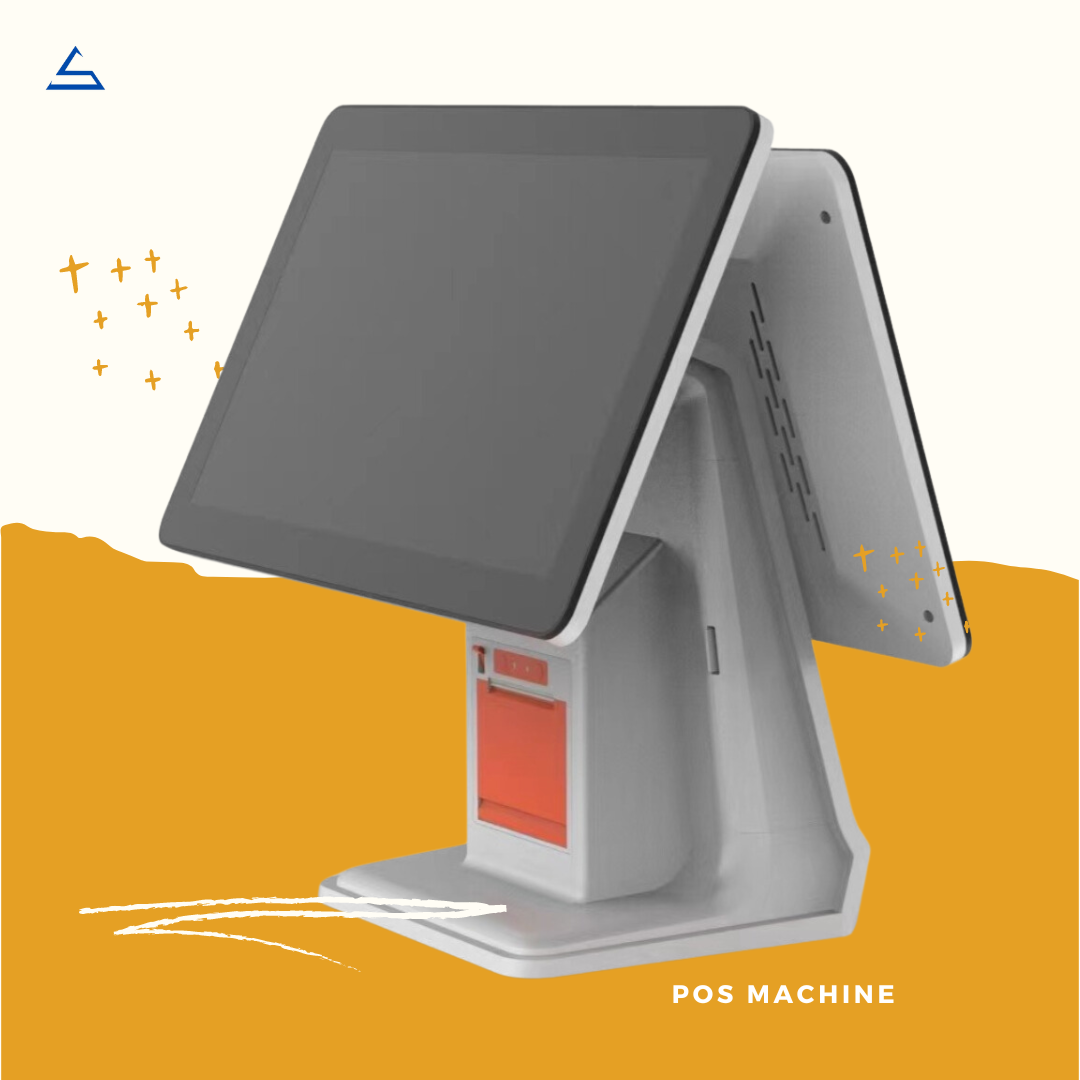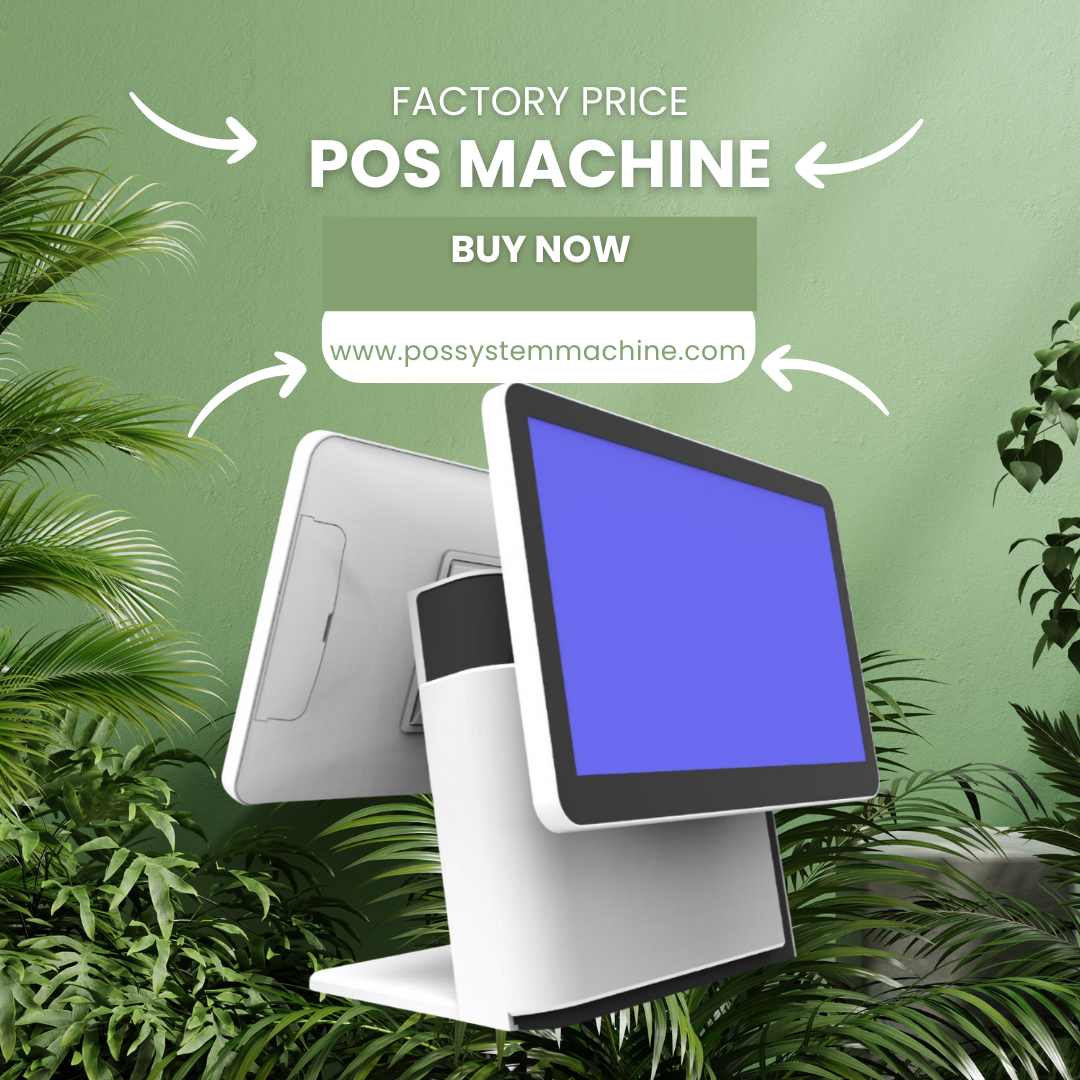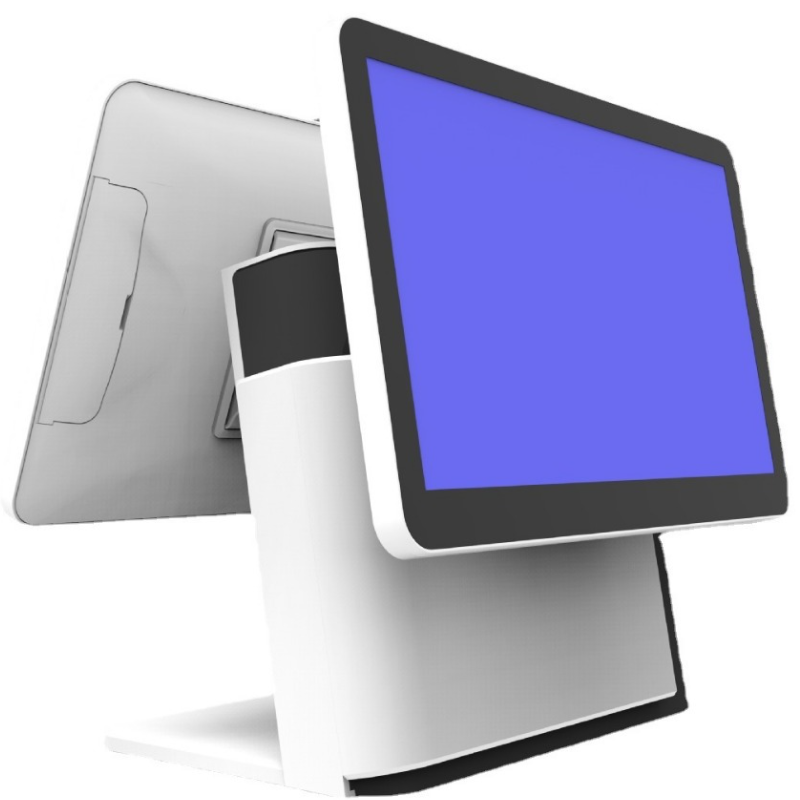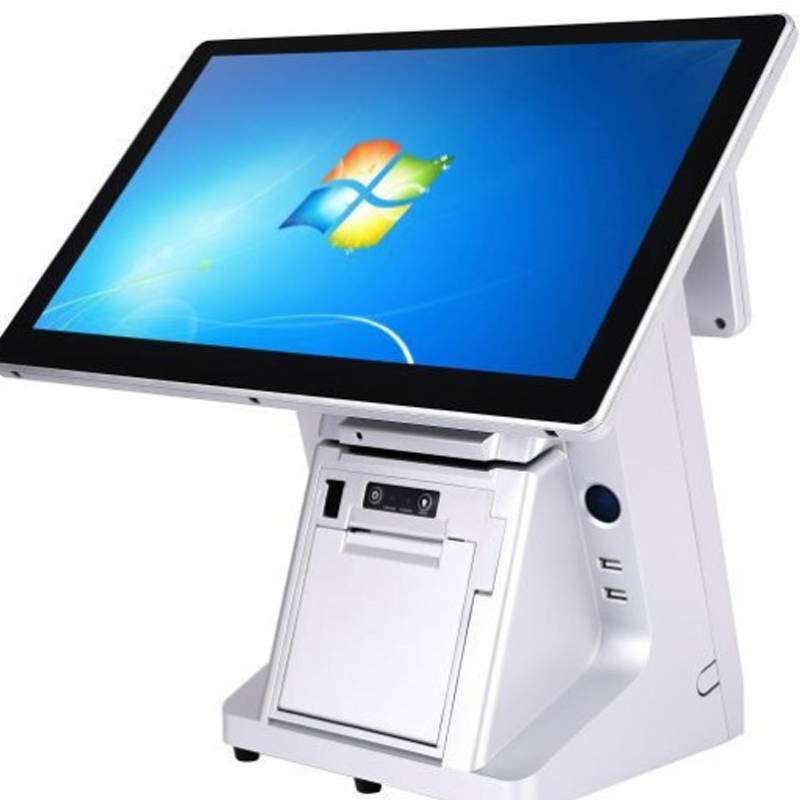what does pos system stand for
Table of Contents
Summary
Are you a restaurant owner looking to streamline your operations and boost your bottom line? Look no further! This comprehensive guide will walk you through everything you need to know about Point of Sale (POS) systems in restaurants. From understanding what a POS system is to choosing the right one for your business, we’ve got you covered. So, grab a cup of coffee and let’s dive into the world of restaurant POS systems!
What is a POS System and Why Does Your Restaurant Need One?
A Point of Sale (POS) system is the heartbeat of any modern restaurant. It’s where all the magic happens – from taking orders to processing payments and managing inventory. But what exactly does “POS” mean?POS stands for “Point of Sale,” which is the place and time where a retail transaction is completed. In a restaurant setting, this typically occurs when a customer pays for their meal. However, today’s POS systems do much more than just process transactions.Modern restaurant POS systems are comprehensive tools that can handle everything from menu management to employee scheduling. They’re designed to make your life easier and your business more efficient. Here are some key benefits:
- Streamlined Operations: A good POS system can automate many tasks, reducing human error and freeing up your staff to focus on customer service.
- Improved Customer Experience: With faster order processing and payment, your customers will enjoy a smoother dining experience.
- Better Inventory Management: Keep track of your stock in real-time, reducing waste and ensuring you never run out of popular items.
- Insightful Reporting: Get valuable data on your sales, popular dishes, and peak hours to make informed business decisions.

How Does a Restaurant POS System Work?
Now that we’ve covered the basics, let’s dive into how a restaurant POS system actually works. At its core, a POS system is a combination of hardware and software working together to process transactions and manage various aspects of your restaurant.Here’s a simple breakdown of the process:
- Order Taking: A server inputs the customer’s order into the POS system, either through a touchscreen terminal or a handheld device.
- Kitchen Communication: The order is instantly sent to the kitchen, where it appears on a screen or printer for the chefs to prepare.
- Payment Processing: When the meal is finished, the server processes the payment through the POS system, which can handle various payment methods including cash, credit cards, and mobile payments.
- Data Collection: Throughout this process, the POS system collects valuable data on sales, inventory usage, and more.
It’s worth noting that modern POS systems, especially cloud-based solutions, offer even more features and flexibility. They can integrate with other tools like online ordering platforms and loyalty programs, further enhancing your restaurant’s capabilities.
What Are the Different Types of POS Systems for Restaurants?
When it comes to choosing a POS system for your restaurant, you’ll find there are several types to choose from. Each has its own strengths and may be better suited to different types of restaurants. Let’s explore the main types:
- Traditional POS Systems: These are the older, on-premise systems that store data on local servers. They’re reliable but less flexible than newer options.
- Cloud-Based POS Systems: These modern systems store data in the cloud, allowing for remote access and easier updates. They’re becoming increasingly popular due to their flexibility and scalability.
- Mobile POS Systems: Perfect for food trucks or restaurants with tableside ordering, these systems run on tablets or smartphones.
- Self-Service Kiosks: Ideal for quick-service restaurants, these allow customers to place their own orders, reducing wait times and labor costs.
- Open-Source POS Systems: These customizable systems are great for tech-savvy restaurant owners who want complete control over their POS.
Remember, the best type of POS system for your restaurant will depend on your specific needs, budget, and operational style. It’s worth taking the time to research and even trial different options before making a decision.
What Are the Key Components of a Restaurant POS System?
A robust restaurant POS system is made up of several key components, both hardware and software. Understanding these components can help you make an informed decision when choosing a system for your restaurant.Hardware Components:
- Terminal: This is the main computer where transactions are processed. It often includes a touchscreen for easy input.
- Cash Drawer: For securely storing cash payments.
- Receipt Printer: To provide customers with a record of their purchase.
- Kitchen Display System (KDS): A screen in the kitchen that displays orders for the chefs.
- Handheld Devices: Tablets or smartphones for mobile ordering and payment processing.
- Card Reader: For processing credit and debit card payments.
Software Components:
- Order Management: For inputting and tracking customer orders.
- Payment Processing: To handle various types of payments securely.
- Inventory Management: To track stock levels and alert you when items are running low.
- Reporting and Analytics: To provide insights into your restaurant’s performance.
- Employee Management: For scheduling, time tracking, and managing staff permissions.
- Customer Relationship Management (CRM): To track customer preferences and manage loyalty programs.
The beauty of modern POS systems is that they integrate all these components seamlessly, creating a smooth workflow for your restaurant.
How Much Does a Restaurant POS System Cost?
The cost of a restaurant POS system can vary widely depending on the features you need and the size of your operation. Here’s a general breakdown of what you might expect to pay:
- Hardware Costs: These can range from $1,000 to $5,000 or more for a complete setup, including terminals, printers, and card readers.
- Software Costs: Cloud-based POS systems typically charge a monthly fee, which can range from $50 to $200 or more per month, per terminal.
- Installation and Training: Some providers charge for installation and training, which can cost anywhere from $500 to $2,000.
- Additional Fees: Look out for payment processing fees, which are typically a percentage of each transaction plus a small flat fee.
While these costs might seem significant, it’s important to consider the long-term benefits and potential savings a good POS system can bring to your restaurant. Many restaurant owners find that the efficiency gains and improved customer experience more than make up for the initial investment.
What Are the Benefits of Using a POS System in Your Restaurant?
Implementing a POS system in your restaurant can bring numerous benefits that can significantly improve your operations and bottom line. Let’s explore some of these advantages:
- Improved Efficiency: POS systems streamline order taking, payment processing, and kitchen communication, reducing wait times and improving table turnover.
- Better Inventory Management: Real-time tracking helps prevent stockouts and reduces food waste, leading to cost savings.
- Enhanced Customer Experience: Faster service and accurate orders lead to happier customers and increased loyalty.
- Detailed Reporting: Access to sales data, popular menu items, and peak hours helps you make informed business decisions.
- Employee Management: Time tracking and performance monitoring features help you manage your staff more effectively.
- Integration Capabilities: Modern POS systems can integrate with other tools like accounting software and online ordering platforms, creating a seamless operational ecosystem.
- Reduced Errors: Digital order taking and automated calculations minimize human error in order taking and billing.
- Increased Security: POS systems offer secure payment processing and can help prevent employee theft through detailed transaction logs.
By leveraging these benefits, you can create a more efficient, profitable, and customer-friendly restaurant.
How to Choose the Right POS System for Your Restaurant?
Selecting the right POS system for your restaurant is a crucial decision that can significantly impact your operations. Here are some key factors to consider:
- Restaurant Type: Different types of restaurants (fine dining, quick service, food trucks) have different needs. Choose a system that caters to your specific restaurant type.
- Features: Make a list of must-have features for your restaurant. This might include inventory management, table management, or online ordering integration.
- Ease of Use: The system should be intuitive and easy for your staff to learn and use.
- Scalability: If you plan to expand your business, ensure the POS system can grow with you.
- Integration Capabilities: Check if the POS system can integrate with other tools you use, such as accounting software or reservation systems.
- Customer Support: Look for providers that offer 24/7 support to help you resolve any issues quickly.
- Cost: Consider both upfront costs and ongoing fees. The cheapest option isn’t always the best in the long run.
- Security: Ensure the system complies with PCI DSS standards for secure payment processing.
Remember, it’s often beneficial to request demos or free trials from different providers before making your final decision. This hands-on experience can give you valuable insights into which system will work best for your restaurant.
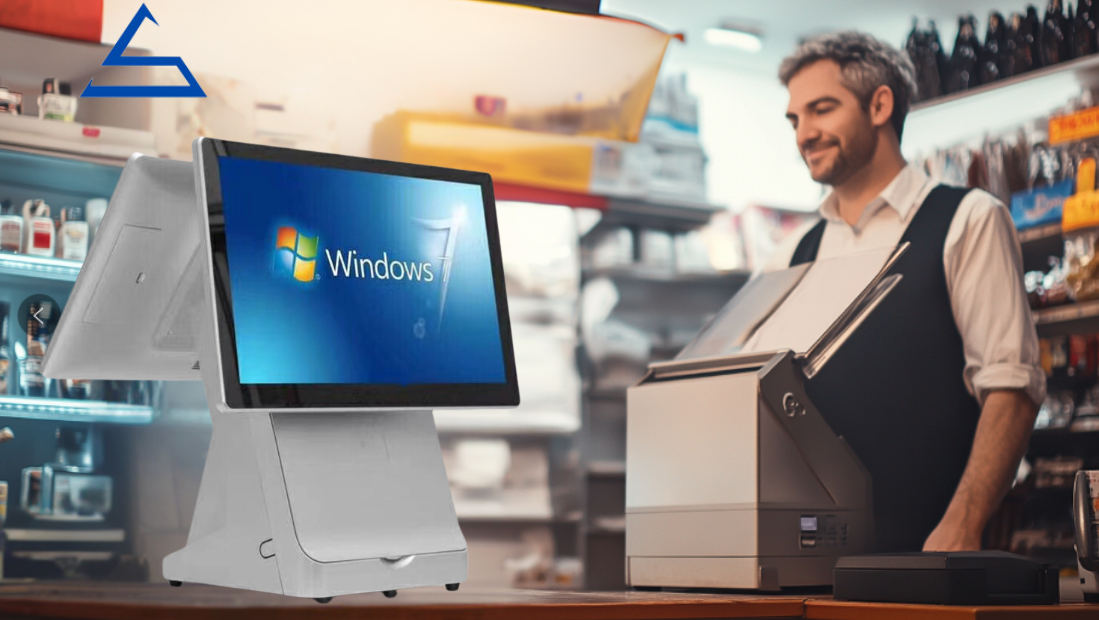
What Are Some Popular Restaurant POS Systems in the Market?
While we can’t endorse specific brands, it’s helpful to know some of the popular options available in the market. Here are a few well-known restaurant POS systems:
- Toast POS: Known for its user-friendly interface and restaurant-specific features.
- Square for Restaurants: Popular among small to medium-sized restaurants for its affordability and ease of use.
- Lightspeed Restaurant: Offers robust features for full-service restaurants and bars.
- TouchBistro: Designed specifically for restaurants with strong table management features.
- Clover: Known for its flexibility and wide range of hardware options.
Each of these systems has its own strengths and weaknesses, so it’s important to research thoroughly and consider your specific needs before making a decision.
How to Implement a New POS System in Your Restaurant?
Implementing a new POS system can seem daunting, but with proper planning, it can be a smooth process. Here’s a step-by-step guide:
- Plan Ahead: Choose a less busy time for implementation and inform your staff well in advance.
- Data Migration: If you’re switching from an old system, ensure all your data is properly transferred.
- Hardware Setup: Install all necessary hardware components, ensuring they’re properly connected and functioning.
- Software Installation: Install the POS software and configure it according to your restaurant’s needs.
- Staff Training: Provide comprehensive training to all staff members who will be using the system.
- Test Run: Conduct a test run before going live to identify and resolve any issues.
- Go Live: Start using the new system, but have technical support on standby for any hiccups.
- Follow-up: After implementation, regularly check in with your staff and address any ongoing issues or training needs.
Remember, patience is key during this process. It may take some time for everyone to get comfortable with the new system, but the long-term benefits are well worth the initial adjustment period.
What Does the Future Hold for Restaurant POS Systems?
The world of restaurant POS systems is constantly evolving, with new technologies emerging to make restaurant operations even more efficient and customer-friendly. Here are some trends to watch out for:
- AI and Machine Learning: Future POS systems may use AI to predict inventory needs, suggest menu changes, and personalize customer experiences.
- Contactless Payments: The trend towards contactless payments, accelerated by the COVID-19 pandemic, is likely to continue.
- Integration with IoT Devices: POS systems may integrate with smart kitchen appliances for even more streamlined operations.
- Enhanced Mobile Capabilities: More restaurants may adopt mobile POS systems for tableside ordering and payment.
- Improved Data Analytics: POS systems will likely offer even more sophisticated data analysis tools to help restaurant owners make data-driven decisions.
As technology continues to advance, restaurant POS systems will undoubtedly become even more powerful tools for restaurant management and customer service.
Tags
Product
Blog
Contact Us
Related Products
Frequently asked questions about wood box manufacutring

